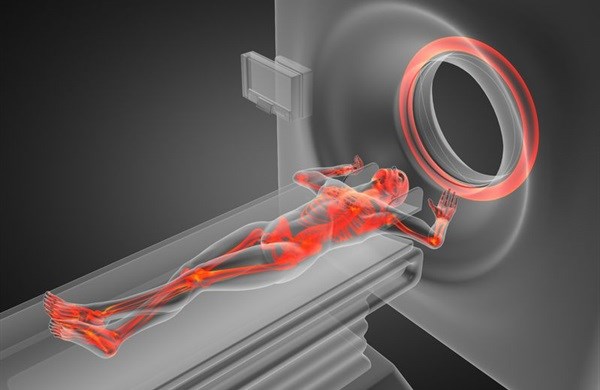
Top stories






More news












Stereotactic radiosurgery (SRS) is a highly precise form of radiation therapy initially developed to treat small brain tumours and now being applied to the treatment of body tumours with a procedure known as stereotactic body radiotherapy (SBRT).
The group initially installed the system in the Life Vincent Pallotti Hospital’s oncology centre in Cape Town and another system will be available at Life Hilton Private Hospital, Midlands (KwaZulu-Natal) in May 2016 and later in the year at Life Eugene Marais Hospital, Pretoria (Gauteng).
Advances in radiation physics and computer technology means that advanced stereotactic radiosurgery, delivered by the system, can shape the radiation beam precisely to patient’s tumours, ensuring that the best possible treatment dose is delivered while healthy tissue is protected.
“The term stereotactic radiosurgery may be confusing because there is no surgery involved. No cutting is actually done. This is a highly precise form of radiation therapy initially developed to treat small brain tumours and now being applied to the treatment of body tumours. Generally, patients return home immediately after treatment with limited discomfort,” said Dr Rainer Fröhling, resident radiation oncologist at Life Vincent Pallotti Hospital.
The radiation beam adapts to the patient’s breathing and other body movements to continuously maintain safe, complete and accurate treatment. The unit rotates around the patient to deliver treatment beams anywhere in the body from virtually any angle. It offers fast treatment session and gives new hope to patients with tumours once considered untreatable.
Using a range of innovative imaging methods and tools such as 3D rotational angiography, magnetic resonance imaging (MRI) and digitally subtracted angiography provides oncologists with improved, comprehensive and accurate target volume definition and visualisation. “This gives me the ability to offer the best treatment available to our patients,” concludes Fröhling.
For more information, go to www.lifehealthcare.co.za.